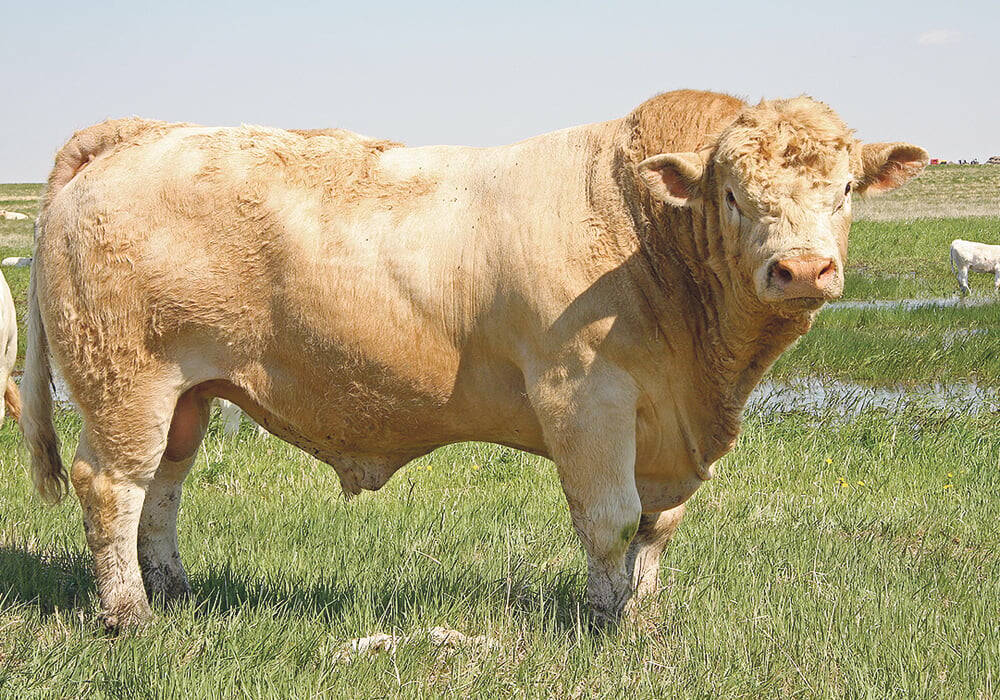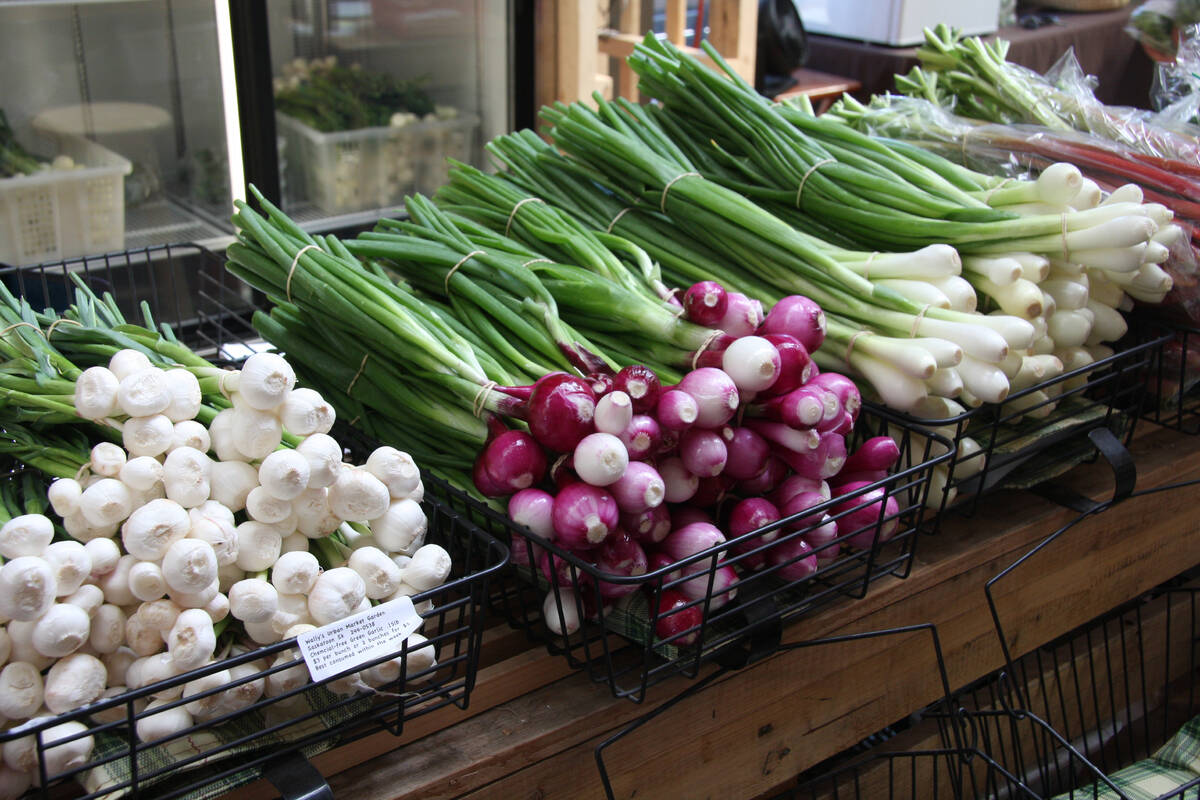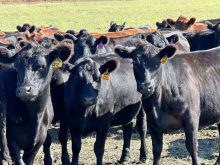Canadian farmers aren’t being paid their fair share of rising grocery prices, according to a national farm advocacy organization,
A National Farmers Union (NFU) webinar May 22 argued that overall net returns for farmers are shrinking or remaining inert.
“We conclude that Canadian farmers have not been able to pass on increasing input costs, nor have they seen any benefit from increased retail grocery prices,” said James Hannay, NFU policy analyst.
Read Also

New research sheds light on infertility in bulls
Southern Alberta researchers make ground-breaking discovery in sperm function examining male infertility in bovines.
“We also argue that food price inflation and chronically low farm gate prices for farmers have a common cause: massive corporate power shifting costs to consumers and producers while extracting greater amounts of value and money from them.”
Hannay displayed a graph measuring inflation-adjusted gross farm revenue and net farm income based on Statistics Canada data ranging from 1935 to 2025.
Since 2005, farmers’ net income has remained more or less constant, with the exception of a crash around the time of the COVID-19 pandemic response. It’s projected to be less than $10 billion in 2025, said Hannay.
Meanwhile, gross farm revenue has had a precipitous climb in the last 20 years, from about $50 billion in 2005 to a projected growth of almost $100 billion in 2025.
“This shows that the margins Canadian farmers face are razor-thin,” he said. “Part of this has to do with the low prices that farmers receive, but is also due to rising input costs.”
Hannay highlighted the sources from which the NFU derived its data.
“All of our data has been gathered from Statistics Canada, historical reporting from Agriculture Canada, trade reports (and) original price reporting from places like grain and corn elevators. Our data is always presented in real Canadian dollars adjusted for inflation, with base year 2012.”
Comparing production systems
He further compared a handful of supply-managed ag sectors, such as dairy, to market-priced sectors such as grain. Supply management won in terms of producer price or price consistency.
The National Farmers Union is a noted advocate of supply management.
Another graph demonstrated the price Ontario and Quebec dairy producers receive for one litre of milk versus the retail price of that milk. Little substantial change in the producer’s price has occurred since 1995. However, being a supply-managed product, that was by design.
“Cost of production pricing ensures that farm gate prices for supply managed products cover costs for farmers, ensuring stable prices and adequate compensation for farmer labour,” Hannay said.
With bread, the gap between farm gate and retail prices has widened in recent years, with consumer costs rising and the farmer’s share staying more or less static, the union said.
Since 1965, analysts have used the general rule that a bushel of wheat equals 45 loaves of bread. In 2025, those 45 loaves are expected to retail for about $150, compared to an expected net price of less than $10 per bushel for farmers.
Bread has been the centre point of a major price fixing scandal. Major Canadian grocers and Canada Bread were found to have inflated bread prices for years between the late 2000’s and early 2010’s. The case has resulted in multimillion-dollar fines and lawsuits.
Hannay acknowledged the bread fixing scandle, but said bread “is not an outlier in the disparity between farm gate and consumer prices.”
















